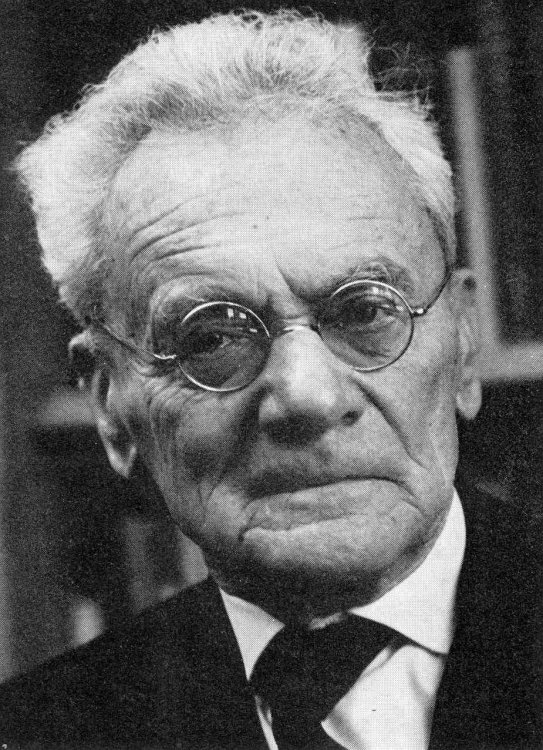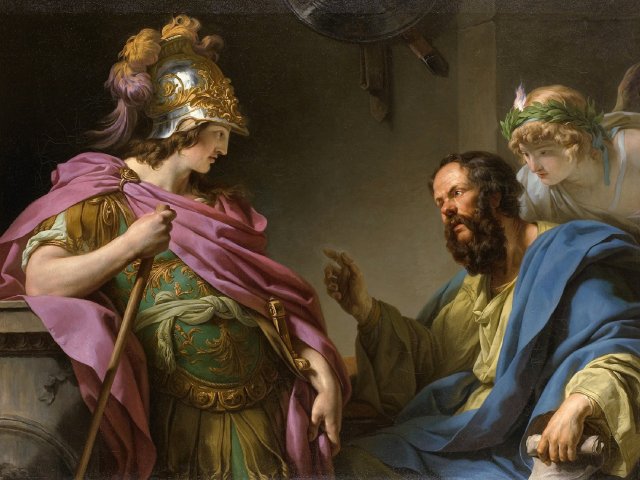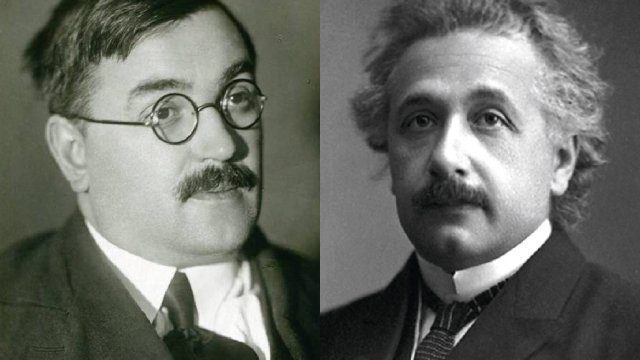Official:
Karl Ritter von Frisch. November 20, 1886 – June 12, 1982. Austrian ethologist, winner of the Nobel Prize in Physiology or Medicine “for discoveries concerning organization and elicitation of individual and social behaviour patterns.”
Life and Work:
1. The Nobel Prizes were awarded for many things: for discoveries, for books… And Karl von Frisch won the prize for... dancing. Don’t just think it was a tango or a foxtrot: the Austrian ethologist won the prestigious Nobel Prize for bee dances.
2 Karl, the youngest of four sons of urology surgeon Anton von Frisch, was born in Vienna in 1886. By the way, all four sons became university professors.
3. Since childhood, he spent hours observing animals. The relatives – mostly professors, doctors, scientists, and other representatives of intellectual professions – did their best to encourage the development of Karl’s mind and various abilities. But the childhood interest overcame everything else.
4. The profession stemmed from the childhood interest: after studying a bit of medicine at the University of Vienna, Frisch moved to the Philosophy Department and began to study zoology. Ultimately, he turned to ethology – the science of animal behavior.
5. In 1925, Karl von Frisch became director of the Institute of Zoology at the University of Munich.
6. In 1933, the Nazis, who had recently come to power, passed the Civil Service Law that required all civil servants to prove their Aryan origin. Von Frisch failed to explain the origin of one of his ancestors, but he was not dismissed, although a group of students and teachers insisted on it strongly.
7. The scientist irritated the proponents of the racial purity by inviting Jewish men and even Jewish women to work as assistants, and also by studying “Jewish science.” He even defended Polish scientists from the Gestapo persecution.
8. In the end, Karl von Frisch was forced to resign, but then it turned out that he was very successful in countering bee diseases, and the resignation was postponed until the end of the war.
9. And then there was no one to make this decision. The Zoological Institute in Munich was bombed at the end of the war, and Karl von Frisch worked at the University of Graz, Austria, for several years.
10. At the beginning of his scientific career, Karl von Frisch was interested in the color vision of fish. From swimming creatures, he moved to flying ones: the scientist found it incredible that insects were unable to distinguish colors. Being a Darwinist, Frisch thought that the bright color of flowers emerged as a result of evolution in order to attract insects. In search of nectar, the insects landed on bright flowers and thus carried the plant pollen, thereby ensuring their reproduction.
11. But whom to use to test this hypothesis? Of course, domestic animals – bees! And Karl von Frisch started experimenting. He managed to teach the bees to associate the presence of food with a certain color. And when the bees got used to landing on a square of a certain color, Frisch removed the food. And he saw that the bees continued to distinguish a square of this color even when there was no food on it and when its position changed relative to the squares of another color.
12. From colors, Karl von Frisch moved on to odors and in the course of experiments proved that bees distinguish up to ten aromas. The bees unerringly chose a cardboard box containing a saucer of sugar syrup. No more syrup? No use to fly there! But as soon as one bee discovered a new saucer, the entire swarm would rush there.
13. Frisch discovered the ability of bees to navigate by the polarized light of the sky. “It was clear to me,” Frisch later wrote, “that the bee community had an excellent intelligence service, but I could not fully understand how it operated.” Another experiment helped: Frisch marked several worker bees with paint, and then tracked the bee, which tasted the syrup from the saucer and returned to the hive. “I could scarcely believe my eyes,” the scientist wrote. “She performed a round dance on the honeycomb which greatly excited the marked foragers around her and caused them to fly back to the feeding place... This, I believe, was the most far-reaching observation in my life.”
14. Yes, indeed – solving the secret of bee communication led him straight to the Nobel Prize. Looking at the drawing of the bee dance, you can find out everything: where the nectar is located in relation to the sun, whether it is far away or close.
15. Karl von Frisch began his first experiments with bees back in 1912. Sixty-one years later, his work was awarded the Nobel Prize in Physiology or Medicine for discoveries concerning organization and elicitation of individual and social behaviour patterns. The road from bees to humans was closer than the human thought.
16. Among other things, Frisch studied pheromones produced by the queen bee. It turned out that they maintain a complex hierarchy of relationships in the bee society.
17. Karl von Frisch’s son Otto was the director of the Natural History Museum in Braunschweig.
18. Karl von Frisch believed that it was necessary to improve the human gene pool by sterilizing people with hereditary diseases. But he warned, “Such actions certainly represent a great restriction on personal freedom and require the highest ethical integrity of those people who are responsible for their use.”






















